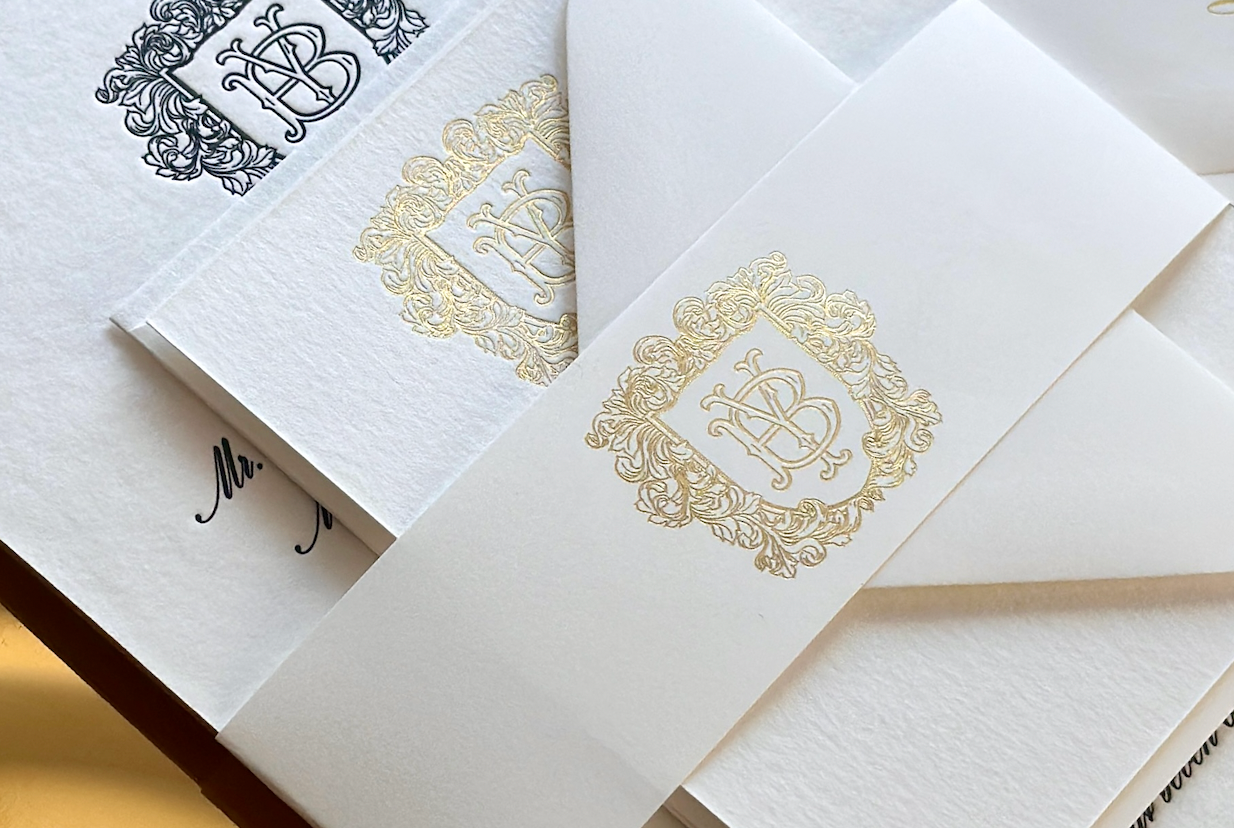WEDDING GUIDE
Who Do We Invite?
A Guide to Building Your Guest List:
Creating your first guest list can feel overwhelming, so we’ve put together a helpful list of the types of people in your life you might want to invite. Don’t be surprised if you forget some obvious names — that’s why it’s helpful to start your list early and jot down names as they come to mind.
You can create a "Guests" WhatsApp group with your husband to track names together as you remember them or meet people. If you don’t use WhatsApp, simply text each other the names to keep track.
1. Family: This involves reviewing both your and your spouse’s family trees. Add your siblings, aunts, and uncles. Decide which cousins you'd like to invite—just first cousins, or also second and third? You can make exceptions for distant cousins you’re especially close to. Remember to include the parents of your brothers-in-law and sisters-in-law; although not directly related, these mechutanim are considered close family in many circles and are often included in every simcha.
TIP: If you have a sibling or cousin—on both your side and your husband’s—who’s recently made a wedding, reach out to them! Their guest lists likely include many of the same relatives you’d invite, making them a great starting point for building your own.
2. Community: The people in our circles often come from shared schools, shuls, bungalow colonies, or similar community groups. If you can access these lists, they’re incredibly useful since they usually include addresses, saving you time and effort.
3. Neighbors: Take a look around your block and nearby streets to spot the families you're close enough with to invite to your simcha. This quick scan will help you identify who should be on your list.
3. Work Friends: These are the people you speak to day in and day out, and it’s likely either you or your husband will have co-workers, colleagues, and/or customers that make the list.
4. Phone Contacts: Next, go through your and your husband's phone contacts to see if there's anyone you missed. Many people in your contacts might not fit into the above categories but are still meaningful connections you'd want to include.
5. Grandparents’ Guests: Check with your parents and in-laws, as they may have close friends they'd especially want included in their grandchild’s simcha.
6. Chosson/Kallah Connections: Consider inviting kallah and chosson teachers, mentors, educators, school principals, therapists, pediatricians, or anyone else who has played a meaningful role in your child's life. These are often individuals your children might not think to include on their own.
The Chosson / Kallah’s Guest List:
Ask your child to create their own guest list to be added to your total count. Their lists will likely include friends from camp or high school, co-workers, teachers, rebbeim, and more. Ask them to specify which guests should receive formal printed invitations and which can be invited digitally via text, email, WhatsApp, or in person.
Keep the Chosson and Kallah's lists separate from your master list so you can reference it for future simchas.
Note: Some Chasanim, specifically those learning in large yeshivos prefer to distribute small, simply printed cards to their friends. These cards can be added to your order in two formats: a business card-sized option featuring the basic wedding details, or a 4x6” card showcasing your choice of the Hebrew or English layout from your mailed invitation.
Important Note:
The number of invitations you need is NOT the same as the number of guests you’re inviting.
Plan to send one invitation per household—but if you’re inviting older children, it’s customary to send them their own.
Keep in mind: many people on your mailing list may not attend in person, especially friends and relatives who live far away. It’s common for your invitation count to be much higher than the final headcount you’ll give to your venue or caterer.
Still curious about something?
Please reach out, we’ll be happy to help!


